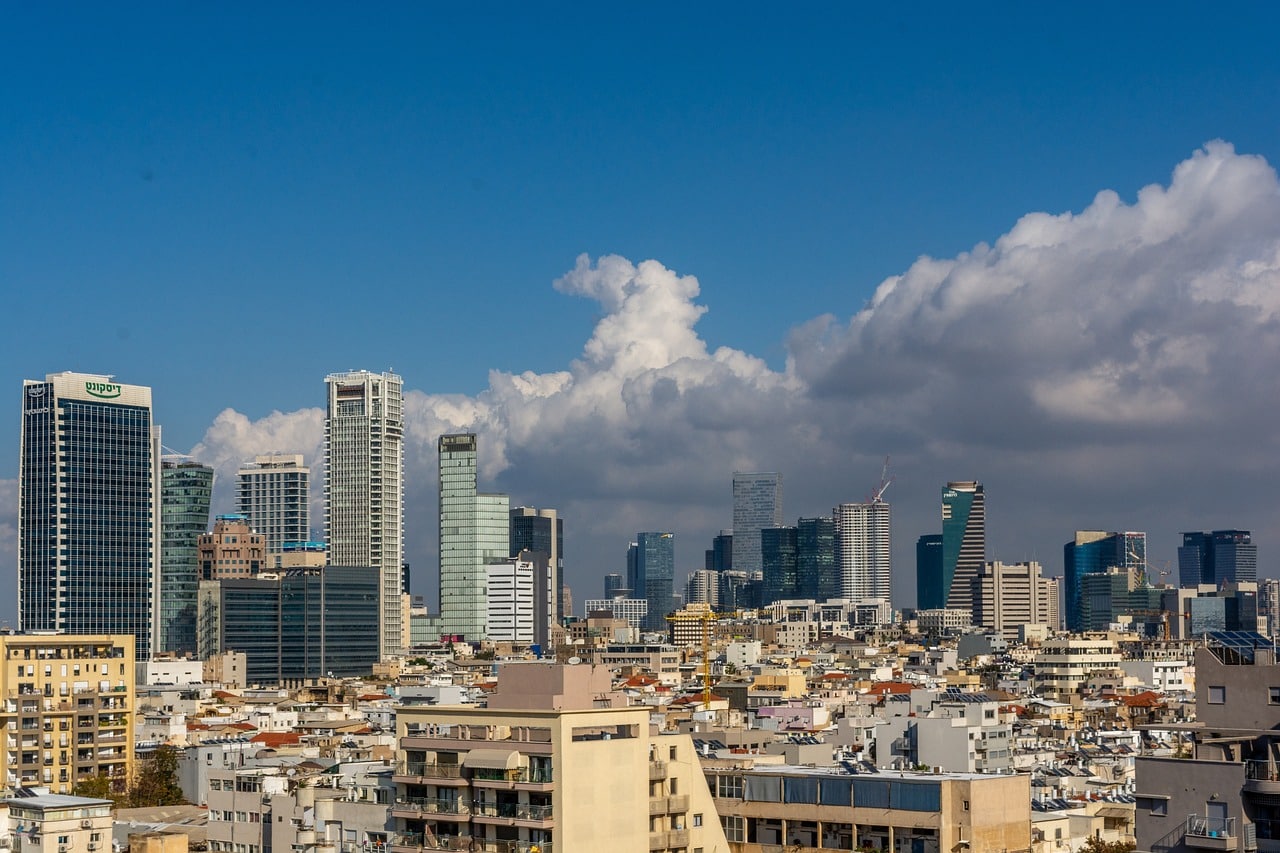Red Tape on Plan for Central Tel Aviv Development Unraveling

After foot dragging and bureaucratic red tape of about eight years, the building plan for the heart of the city of Tel Aviv i.e. Rova 5 and Rova 6, will be deposited for objections.
Four years earlier, Rova 3 (the Old North) and Rova 4 (the New North) in Tel Aviv had seen their building plan receive approval.
Now, central Tel Aviv is also going to see some progress when it comes to its building plans and this will help urban renewals take place in some of the most popular locations of the city.
The building plan
Work on the building plan aimed at Rova 5 and Rova 6 had first been initiated by the Tel Aviv-Yafo Municipality almost a decade ago.
According to the plan, the central part of Tel Aviv will be divided into various areas and the goal is to come up with separate and specific policies for every area that has similar characteristics.
This will accelerate the planning process and provide clear guidelines in terms of urban development and renewal.
The possibilities
If the building plan is approved, it would provide certainty to planners, contractors, developers and residents, along with other relevant planning authorities, about the scale of construction permitted in the areas.
They would have a clear understanding of the amount of building that can be carried out in plans of urban renewals.
The building plan for Rova 5 and Rova 6 have faced delays and this has resulted in uncertainty in regard to the planning, development and building of these areas for numerous years.
When a district plan had been decided upon for Rova 5 and Rova 6 by the Tel Aviv-Yafo Municipality, their aim had been to secure approval for individual plans for each district.
They had wanted detailed plans for every district, so construction could be finished as quickly as possible, as that would provide certainty to all areas.
The difficulties
However, the situation was a lot more complicated in practice, mostly because Rova 5 and Rova 6 are part of the ‘White City’ area of Tel Aviv, as declared by UNESCO back in 2003.
Their Bahaus architecture has made them a World Heritage Site. As a matter of fact, 90% of the areas that are part of the plan are in UNESCO territory.
These areas require strict conservation, due to which the scope of construction is limited because many existing buildings cannot be demolished.
Hence, UNESCO’s declaration stands in the way of urban renewal in this part of Tel Aviv, but it is not the only reason for the delay.
There had been a meeting of the Tel Aviv Planning and Construction Committee in 2014 to talk about the matter of implementing business restrictions.
Unfortunately, there had been no progress on the topic by April 2018, so they had decided to extend these restrictions for another three years.
Now this extension has also ended and they are finally pushing the building plan to the next stage in which the public can submit its objections.



